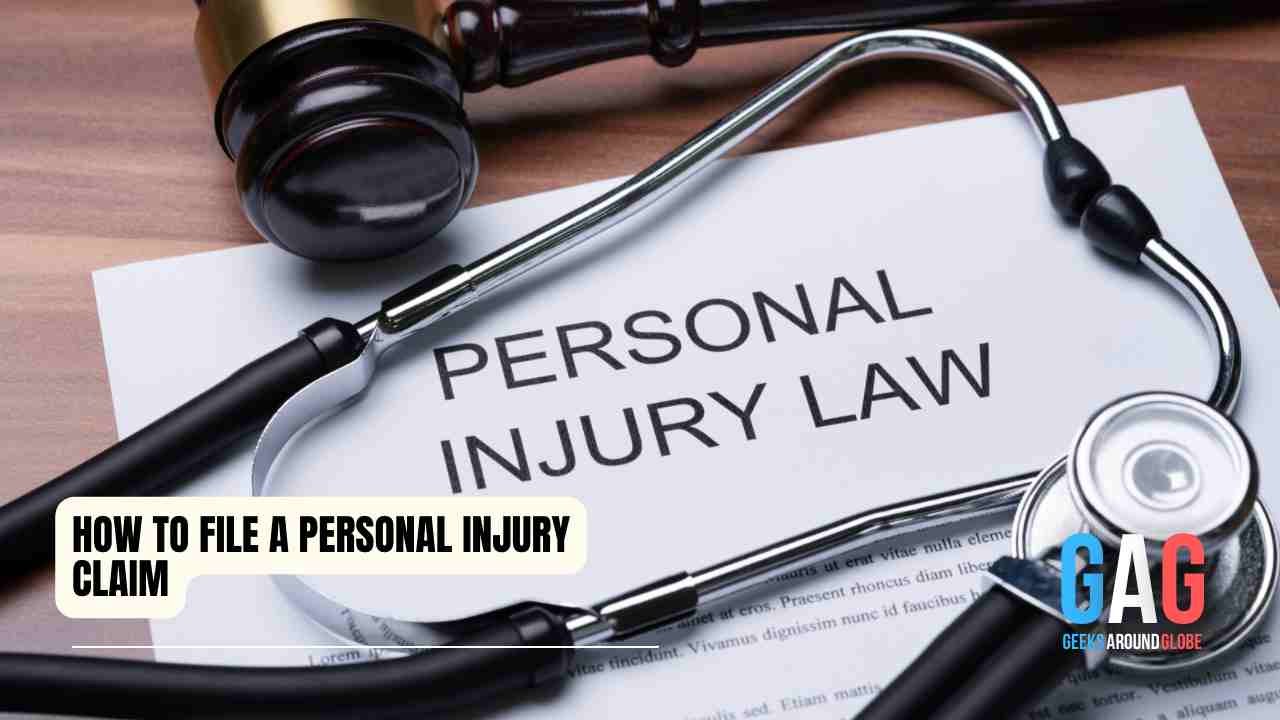There are many different types of personal injury claims and each of them have their own files and methods of completion. The world of personal injury can be hard to navigate if you don’t know what you’re doing, but we can help you walk through the process.
What Is A Personal Injury Claim
Personal injury claims are requests for compensation filed against a person or an entity, like a business. You can file a personal injury claim when either your mind, body, or emotions have been “injured” due to another person’s negligence, recklessness, or intended misconduct.
Making A Claim Through A Lawyer
You don’t need a lawyer to make a personal injury claim, but having one on your side can make the process easier and more likely to win. Some companies like https://www.frplegal.com/, have whole departments dedicated to personal injury claims, and so can put through your case with ease.
Step 1 – Seek Medical Attention
Before you do anything, you need to note your medical situation so there is a record of your injuries. These can be used against the individual or entity you are filing a claim against. If your injury takes a long time to heal or leads to other complications, this early record can show the long history of your situation, adding more pressure on the defendant.
Step 2 – Record The Scene
If you were in a car crash, take photos of the collision site and both vehicles. If you fell down the stairs, take photos of the staircase and trip hazard. Take a video or photos of all the details surrounding the scene.
If you are reading this after the event took place, try to go back to the scene and take late-dated photos instead. These will not have the same weight, but they could still help your case.
Step 3 – Contact A Personal Injury Lawyer or Attorney
With everything noted, you can bring this information to your lawyers. They will ask you to fill in a form, what you can expect from the case, and how they expect to overcome any complications in your path.
Ideally, you should aim for a “no win, no fee” lawyer, as they will only charge you if you were successful. This means you won’t lose out on money if your case fails.
At this point, the lawyers will take over and walk you through the process. Each case is different and each state handles these affairs in its own way. Your local lawyer will understand this and can help you navigate the situation.
Making A Claim Without A Lawyer
We advise against making a claim without a lawyer. This is because you can easily miss out on important steps or fail to showcase your situation when you are without their knowledge and experience.
However, if you decide to take the plunge follow steps 1 and 2 above, and then continue with step 3 below.
Step 3 – Notify All Parties About The Claim
With all the information gathered, you need to tell all the parties involved that you are making a claim against them. In this notification letter, you should include your contact details and the details of the incident (including time, date, and location).
You should not include how bad the injury was, nor should you write down the compensation you are after.
At the end of the letter, you should request a reply. Then keep a copy of this letter and proof of sending.
Step 4 – Count Costs
Contact your insurance companies and note how much the incident has cost you. If you are claiming from a car accident, for example, you will need both insurance details for the companies to contact each other.
You should apply for multiple quotes on repairing costs and/or medical costs.
With all of these quotes listed, you will have an accurate view of how much you should be asking for in compensation.
Step 5 – File The Claim
In this step, you need to contact your insurance provider to start the official claim. The claim might be taken to court depending on the case’s details and the participation of the defendant.
Step 6 – Settlements and Negotiations
To settle the claim, you need to create a demand letter that explains why the defendant is at fault, how much you have suffered, and the compensation you believe you are entitled to.
Use the evidence gathered above to prove your claim. You will likely need to negotiate on these terms, but if no settlement can be reached, you can file a lawsuit.
Summary
Ideally, you should have an attorney or lawyer for this process, so nothing gets skipped or incorrectly filed.







